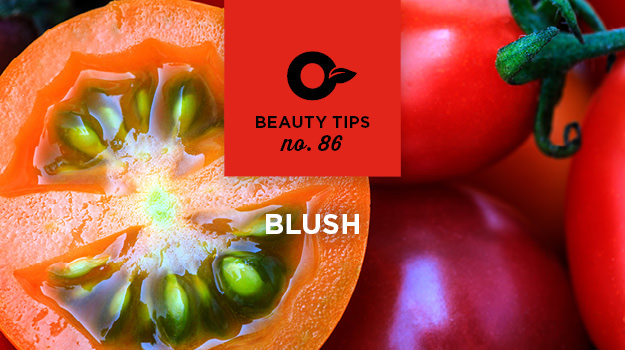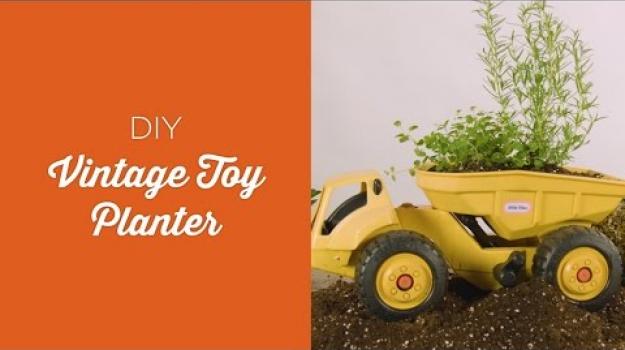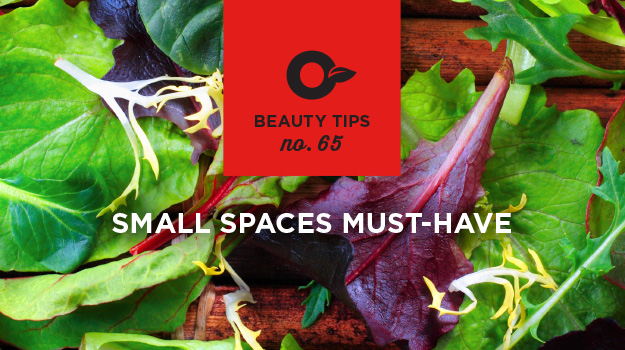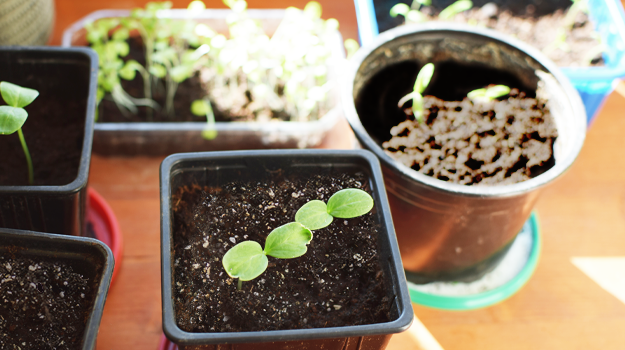
In April the “start” to your vegetable garden is perfectly clear – starting seeds.
You may have sown seeds indoors back in March, but not all of them! Planting in succession will give you a steadier harvest so that you aren’t overwhelmed with an entire season’s worth of tomatoes in one or two weeks. We like to stagger our tomato, pepper, cucumber, squash etc. by about 2 weeks.
Remember that a quality seed starting mix with 25% compost or 10% worm castings is the best way to ensure vigorous transplants. A heat mat will help jumpstart germination, and once you see green make sure you have enough light available (artificial or a bright south- or west-facing window) to avoid “leggy” transplants which have been forced to reach for light.
Now is a good time to start hardening off the seedlings you started back in March. Mark has a series of cold frames against the south side of his barn and potting shed, and Ben uses a “heat tunnel” of plastic over soil and a mini greenhouse on his porch.
Remember to ventilate cold frames, greenhouses and cloches during the warmer days and close them up again before night. This will prevent the build-up of fungal diseases in a persistently damp atmosphere.
Sowing seeds outdoors
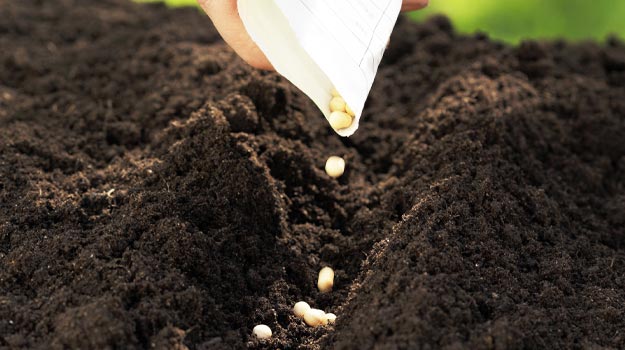
Direct sowing cold-tolerant crops such as beets, broccoli, salad mixes (including choy and kale), peas, potatoes, leeks and carrots can also start now (weather depending). This is by far our favourite way to grow veggies, because it avoids the costs of seed starting supplies or buying transplants later in the season. You can expect to save a lot of money, about 90%, by direct sowing rather than buying transplants.
How to grow asparagus?
Asparagus, one of our favourite perennial crops, can also be planted in May. To establish asparagus, we recommend that you start with “crowns” (1-year-old plants) planted 12 inches apart, in a trench about 12 inches or 30 cm deep in well-drained soil with a generous amount of compost. Being dioecious, there are male and female asparagus plants. The females produce red berries in the fall, which contain seeds that can produce new crowns, but the males do not.
Because the male plants do not expend energy producing seeds, they are generally more productive as a harvest crop. It might take you 2-3 years to get a great crop – you’re starting from the start here, after all – but you will reap the benefits of harvest for up to 20 years or more. As the plants grow over the next 2 months, gradually fill in the trench with fresh soil, to produce tender asparagus shoots just below the surface.
How to grow sweet corn and garlic?
If you intend to plant sweet corn later in the month, remember that more short rows will pollinate better than a couple long rows, as corn is wind-pollinated.
Mulch your garlic now that it is poking through the soil. We tend to plant the garlic into bare soil in the fall, and mulch around it once it’s about 2-3 inches high. Leaving the dark soil bare will warm up sooner and adding mulch now will insulate it as the early spring temperatures continue to fluctuate and before weeds can germinate through the row.
Having taken these steps, you will have a tremendous head start over your neighbours and friends, and by June, there will be no catching up for them. Because there’s nothing like getting a great start.




